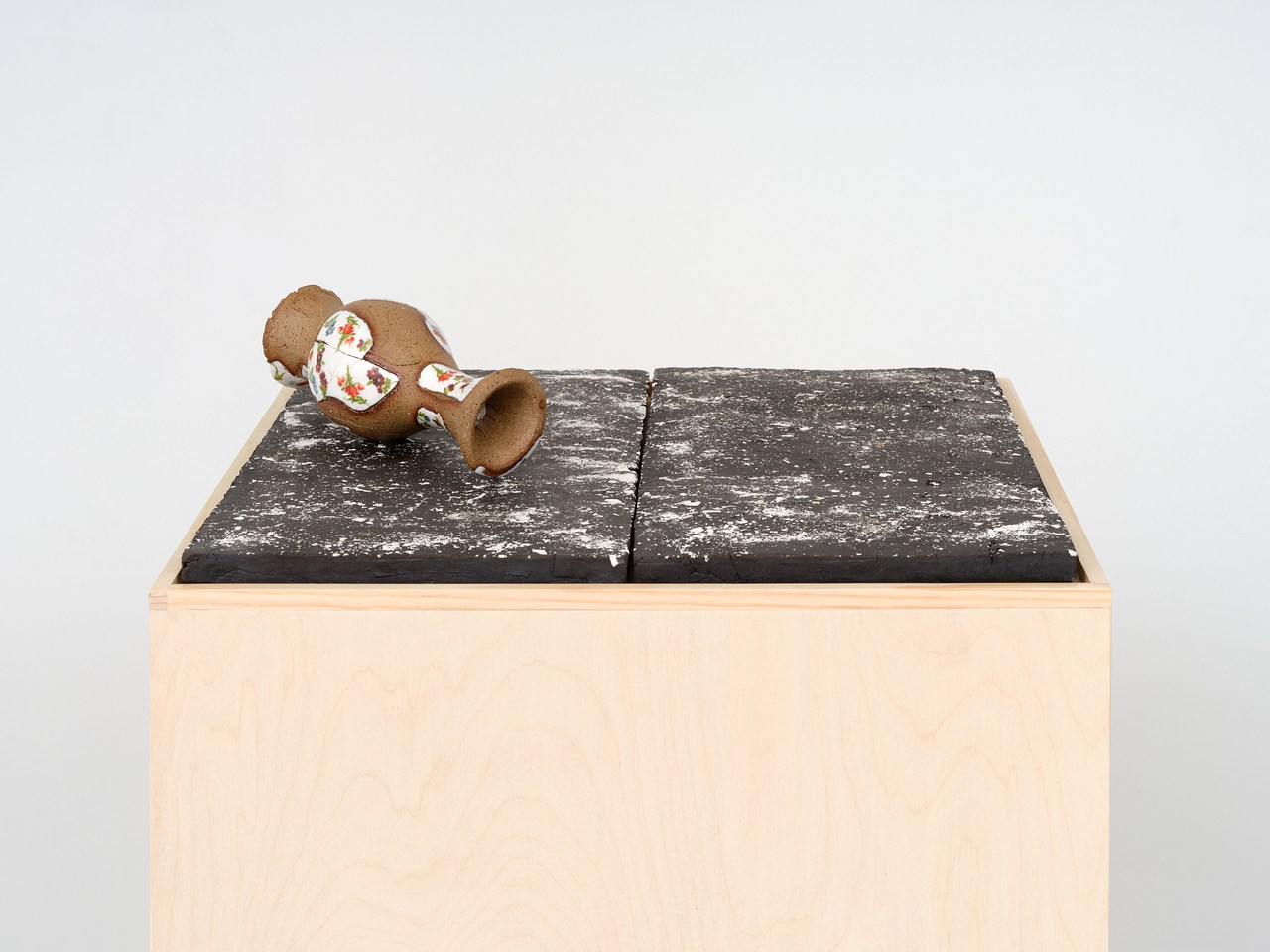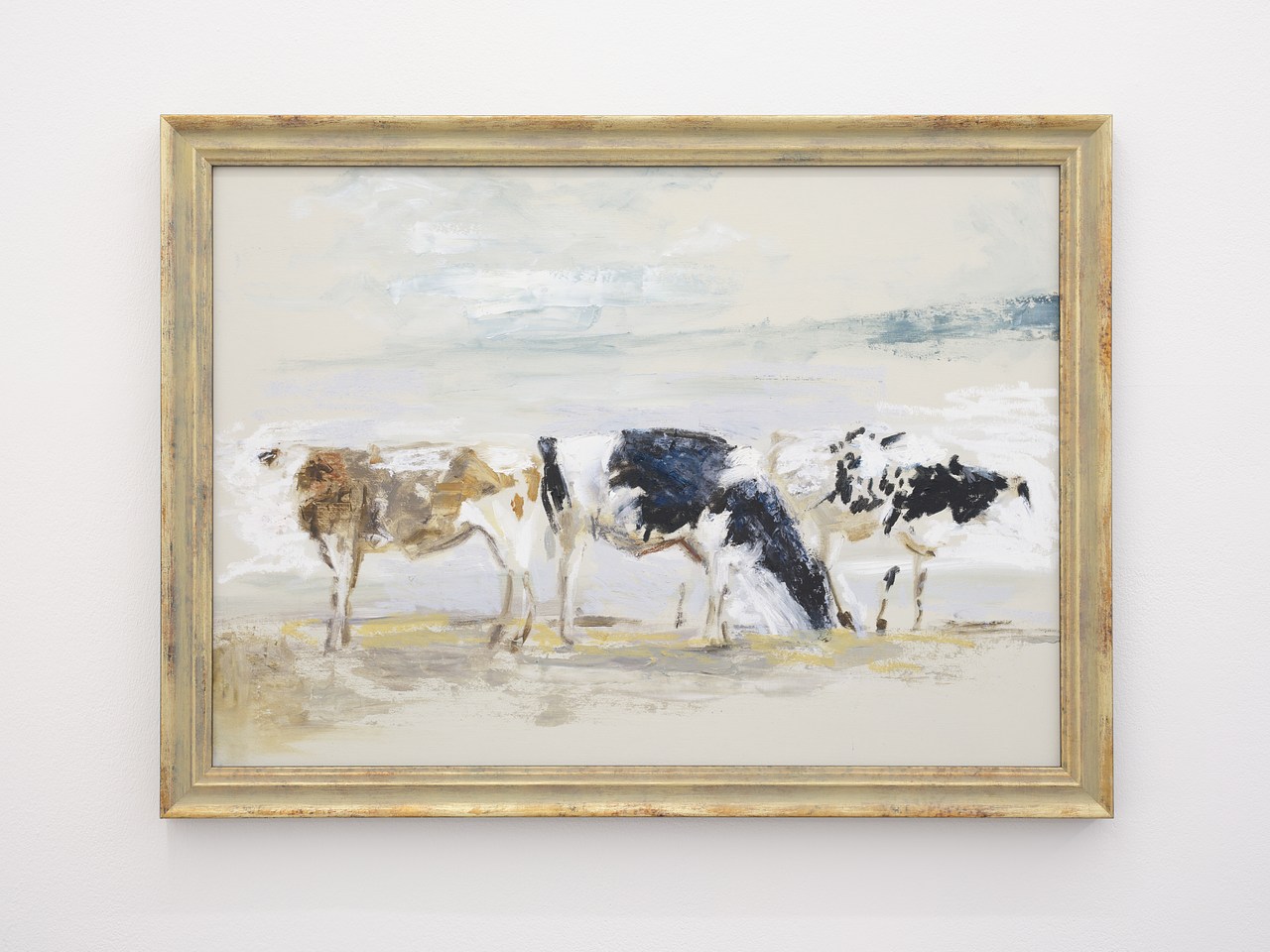11 min read
The Importance of Ale
From the 1300s to the late 1700s, the most popular drink was ale.
Ale, also known as “small beer”, was nutritious, easy to produce and cheap. It was consumed every day by every person in medieval England, including children, as the alcohol content was low, only serving as a preservative. It was a drink necessary to public health, as it provided hydration and nutrition in a time when sources of safe, fresh water were extremely unreliable. Records show that workers in some industries, such as agriculture, could even choose to be paid in ale rather than traditional currency.
Wine was expensive, owing to the complex nature of production and cost of sourcing ingredients, and European style hopped beer had not yet reached England, so the market was dominated by ale, particularly among the lower classes. It had a short shelf life and wasn’t transported well, necessitating small scale local production in medieval towns. In 1577, there was one alehouse for every 142 inhabitants per town. This novel business structure meant that women were able to participate in the industry. They became brewers, known as Alewives.
What were Alewives?
It wasn’t merely that women were able to take part in the brewing industry – they dominated it. Evidence from medieval records includes regulations that appear to treat brewing as a purely female endeavour.
Alewives would brew in their homes, most often using malted barley or oats. They often made ale at first just for their family, selling the excess, then expanding to take on local customers from nearby families, transitioning to a small scale commercial enterprise. Women were allowed to continue their trade because it was a simple scaling up of the responsibility they had to provide food and drink for their own family, and public perception was generally positive.
Copyright
© Oxford University


















